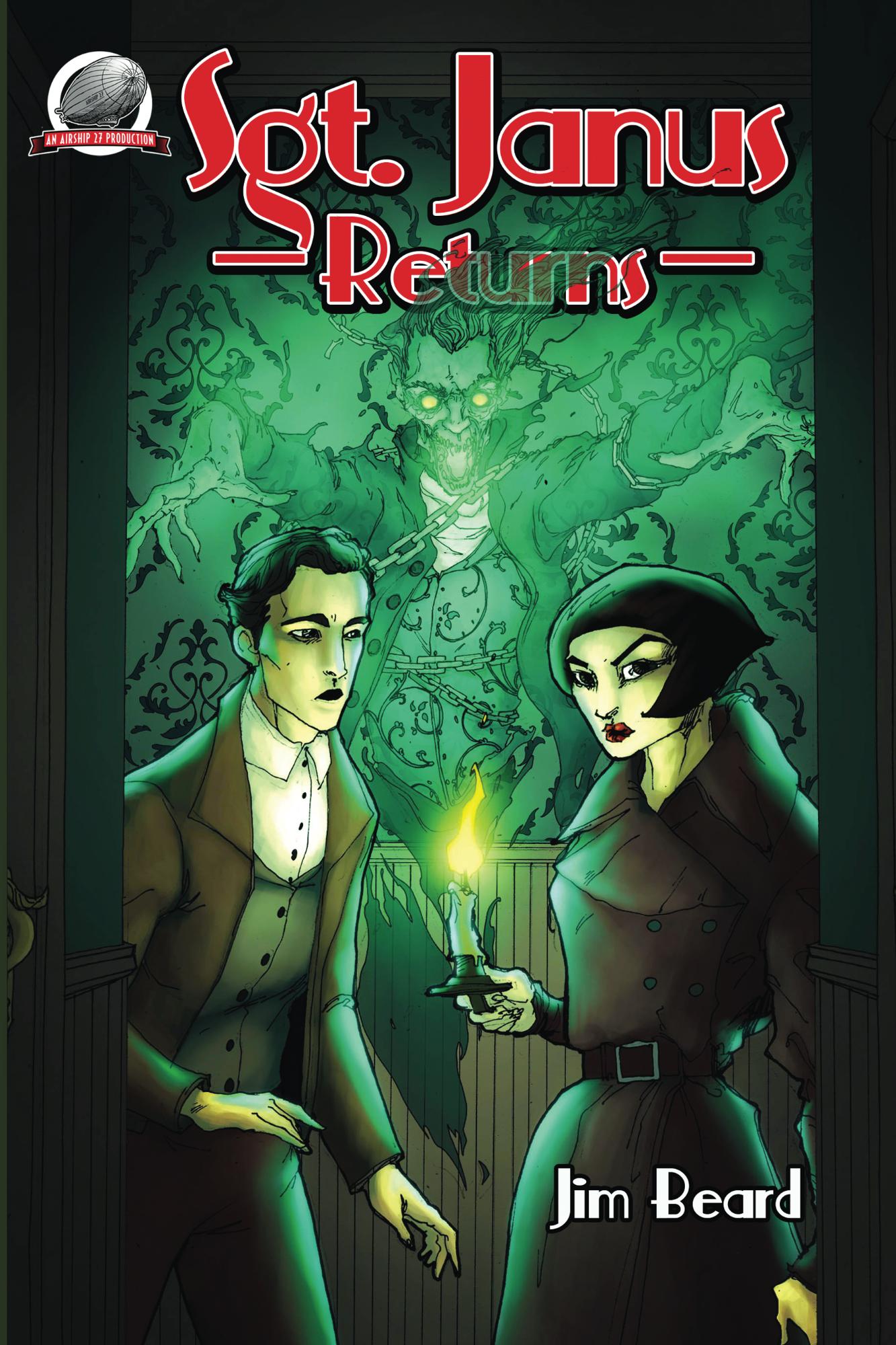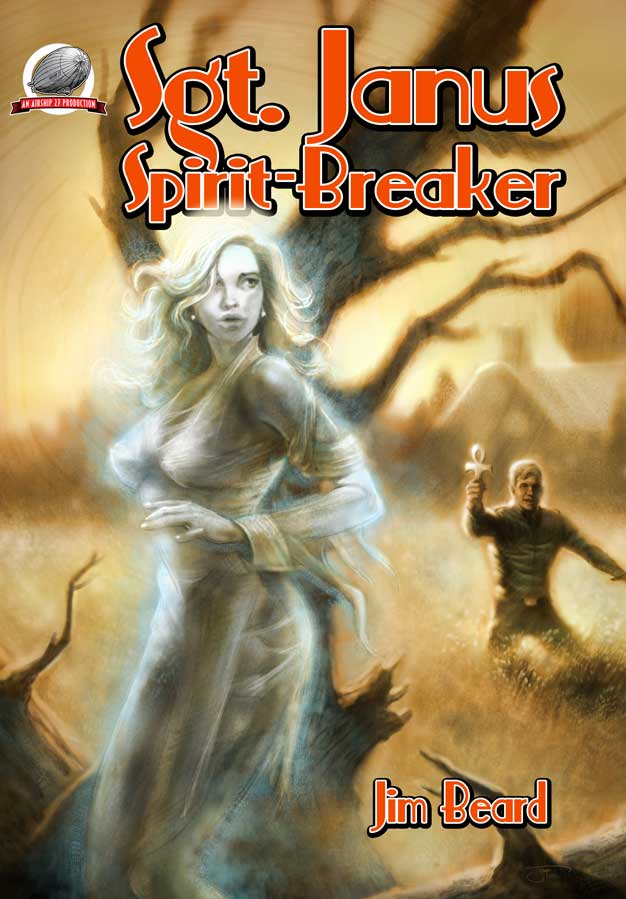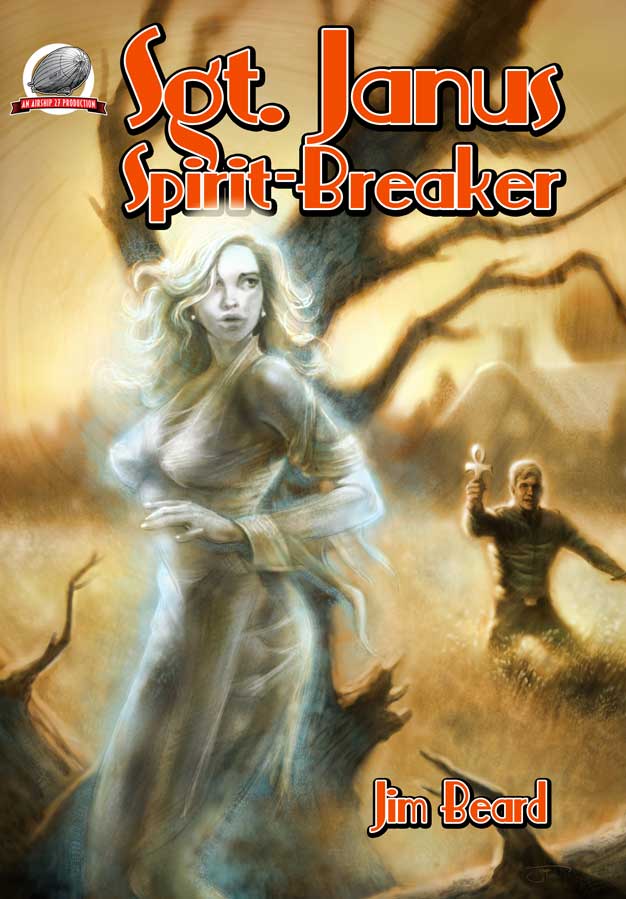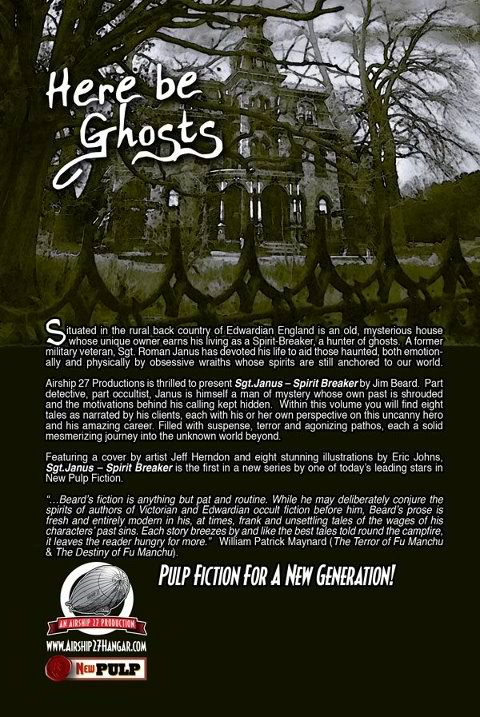Airship Hunters Take Flight
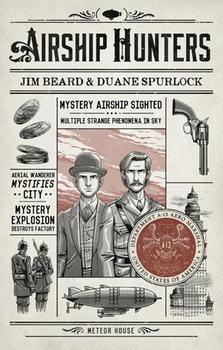
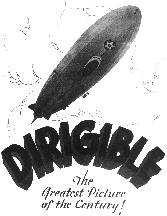 This weekend I read and thoroughly enjoyed a New Pulp novel called Airship Hunters recently published by the fine folks at Meteor House. I really try and make these articles be about classic pulp, but new titles do catch my eye and while I am a fan of co-author Jim Beard’s occult detective, Sgt. Janus, it was actually the airship that caught my attention.
This weekend I read and thoroughly enjoyed a New Pulp novel called Airship Hunters recently published by the fine folks at Meteor House. I really try and make these articles be about classic pulp, but new titles do catch my eye and while I am a fan of co-author Jim Beard’s occult detective, Sgt. Janus, it was actually the airship that caught my attention.
I first read about airships as a kid in several Edgar Rice Burroughs titles. A film dramatizing the Hindenburg disaster and then an adaptation of Thomas Harris’ Black Sunday terrified me when I was just starting grade school. My introduction to the New Pulp world in 2009 came via Airship 27 with their nifty logo on each book. I even put an airship in my second Fu Manchu novel a few years later as a result. Far and away, my crowning achievement with airships was discussing their use in two cult classic films of the early 1970s: Darling Lili and Zeppelin with one of the principals involved in their production. So yes, suffice to say if you tell me Meteor House is publishing an airship title from Jim Beard, you have my attention.
Now in all fairness, it should be noted this new title is a collaborative effort between Jim and his co-author, Duane Spurlock. I know of Duane, but I had not previously read his work. Much like Pierre Souvestre and Marcel Allain a century earlier with Fantomas, the two men authored alternating chapters while compiling the book. Spurlock hails from Kentucky while Beard is my fellow Ohioan. There is a distinct Midwestern flavor to the adventure which lends an undeniable charm and authenticity to the proceedings.
